[vc_row][vc_column][vc_column_text]Author and early childhood education expert Nancy Carlsson-Paige makes the case for authentic educational experiences, less concerned with assessment and more concerned with experiences that give kids what they need – opportunities to be kids.
[/vc_column_text][/vc_column][/vc_row][vc_row][vc_column][vc_column_text]
Dr. Nancy Carlsson-Paige knows a thing or two about childhood development. For 30 years, she trained teachers at Lesley University and is critical of educational models that focus on standardized tests. Dr. Carlsson-Paige’s focus can be found right in the subtitle of her book: A Proven Roadmap for Raising Confident, Creative, Compassionate Kids. But how do we do this? In her acceptance speech upon receiving the Deborah Meier Award by the nonprofit National Center for Fair and Open Testing, she said the following, published in the Washington Post:
I have loved my life’s work – teaching teachers about how young children think, how they learn, how they develop socially, emotionally, morally. I’ve been fascinated with the theories and science of my field and seeing it expressed in the actions and the play of children.
So never in my wildest dreams could I have foreseen the situation we find ourselves in today.
Where education policies that do not reflect what we know about how young children learn could be mandated and followed. We have decades of research in child development and neuroscience that tell us that young children learn actively — they have to move, use their senses, get their hands on things, interact with other kids and teachers, create, invent. But in this twisted time, young children starting public pre-K at the age of 4 are expected to learn through “rigorous instruction.”
And never in my wildest dreams could I have imagined that we would have to defend children’s right to play.
Play is the primary engine of human growth; it’s universal – as much as walking and talking. Play is the way children build ideas and how they make sense of their experience and feel safe. Just look at all the math concepts at work in the intricate buildings of kindergartners. Or watch a 4-year-old put on a cape and pretend to be a superhero after witnessing some scary event.
But play is disappearing from classrooms. Even though we know play is learning for young kids, we are seeing it shoved aside to make room for academic instruction and “rigor.”
– Dr. Nancy Carlsson-Paige
[/vc_column_text][/vc_column][/vc_row][vc_row][vc_column][vc_column_text]
Play: Let Kids Be Kids
Dr. Carlsson-Paige reminds us that some of the most important competencies can’t be tested.[/vc_column_text][blockquote cite=”Dr. Nancy Carlsson-Paige”]”Self-regulation, problem solving ability, social and emotional competence, imagination, initiative, curiosity, original thinking — these capacities make or break success in school and life and they can’t be reduced to numbers.”[/blockquote][vc_column_text]Letting kids be kids, letting them experience the world through interaction with peers in a safe environment, supervised by caring, trained educators is incredibly beneficial as children develop. Where can we find these opportunities? Often, in many districts, even at the kindergarten level, the school day is rigidly structured, with little time for creative play, and that, as Dr. Carlsson-Paige points out, is one of the three things young children need:
Time and Space for Creative Play
Feeling of Security
Strong Meaningful Relationships with Adults and other Children
[/vc_column_text][/vc_column][/vc_row][vc_row][vc_column][vc_column_text]
Love Above All
This is key. I know – it sounds like a line, but love is empathy and caring in action. Kids learn how to interact with others by actually interacting with others. And in those interactions, especially starting from age two, they begin to understand empathy and caring. Social and emotional coaching from trusted adults guides kids through this development. When you see one child sharing with another…when you see one child helping another up after he tripped, you are seeing love in action.
If young children don’t receive these experiences that positively shape their developmental progress in school, where can they find them? Where can they experience all three of Dr. Carlsson-Paige’s legs that support the table of childhood? Kindermusik fits the bill. Here are 10 benefits of enrolling:
Benefit #1: Kindermusik gives your child that unique head start you’ve been looking for – musically, cognitively, and academically.
Benefit#2: Kindermusik inspires a love of music from an early age with songs, instruments, and activities that are just right for each age and every stage.
Benefit #3: Kindermusik enhances every area of your child’s development – we are so much more than just music!
Benefit #4: Kindermusik gives you the time and the tools to enjoy quality time with your child – in class and at home.
Benefit #5: Kindermusik Home Materials let you take the music, fun, and learning with you all week long, wherever you go.
Benefit #6: Kindermusik classes provide a happy social outlet for your child and a valuable support network for you.
Benefit #7: All Kindermusik activities are research-proven and giggle-approved, and all are supported by a developmental and musical focus.
Benefit #8: Kindermusik lays a strong foundation for future success in school and in formal music lessons later on.
Benefit #9: Kindermusik is something you and your child will use every day – at home or on the go!
Benefit #10: Kindermusik offers a comprehensive program with the potential for positively impacting your child from newborn all the way to 7 years of age.[/vc_column_text][/vc_column][/vc_row][vc_row][vc_column][vc_column_text]Check out Dr. Carlsson-Paige’s book. It is a research-based, compassionate approach to guiding the development of children, written by a veteran collegiate educator who is also the mother of two successful, artist sons.[/vc_column_text][/vc_column][/vc_row]


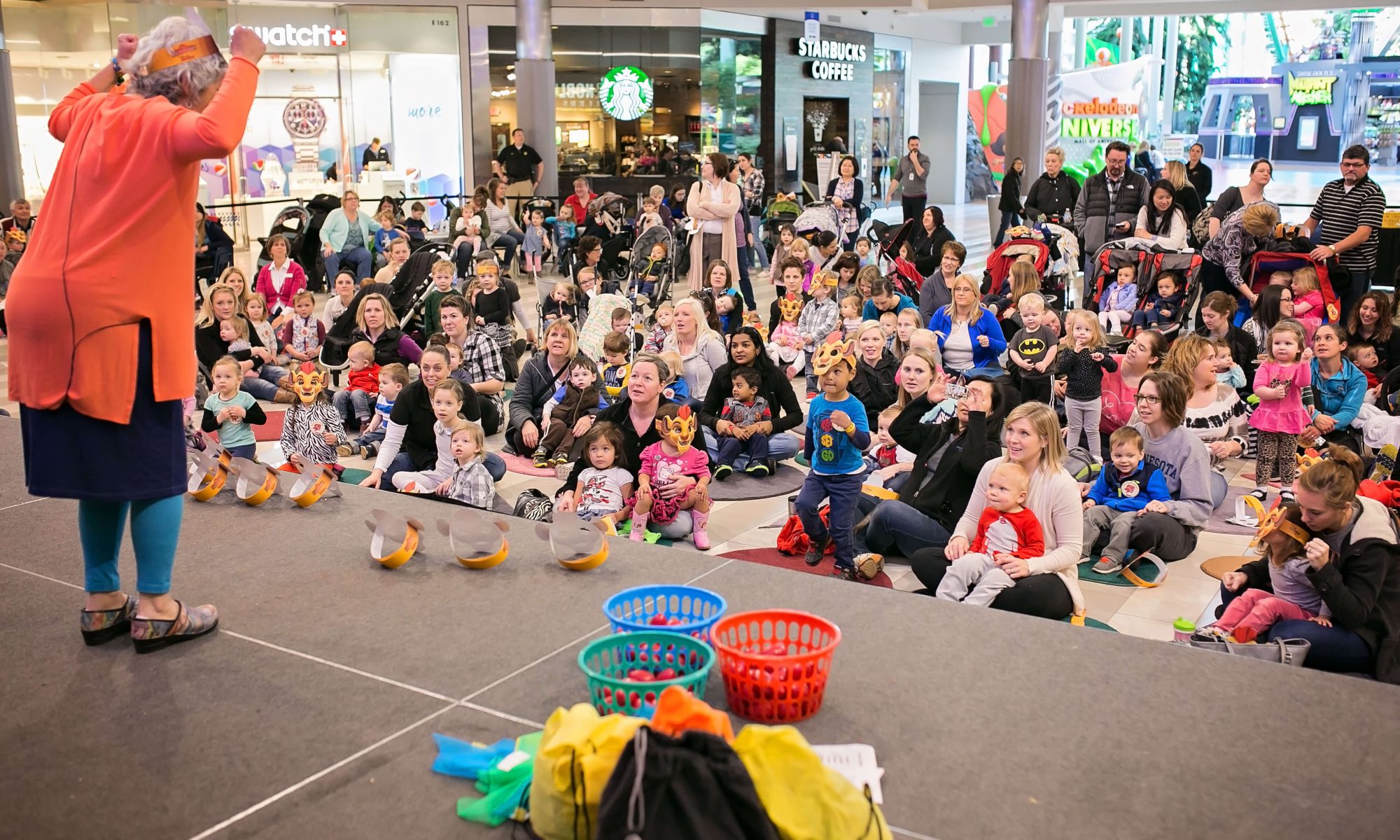
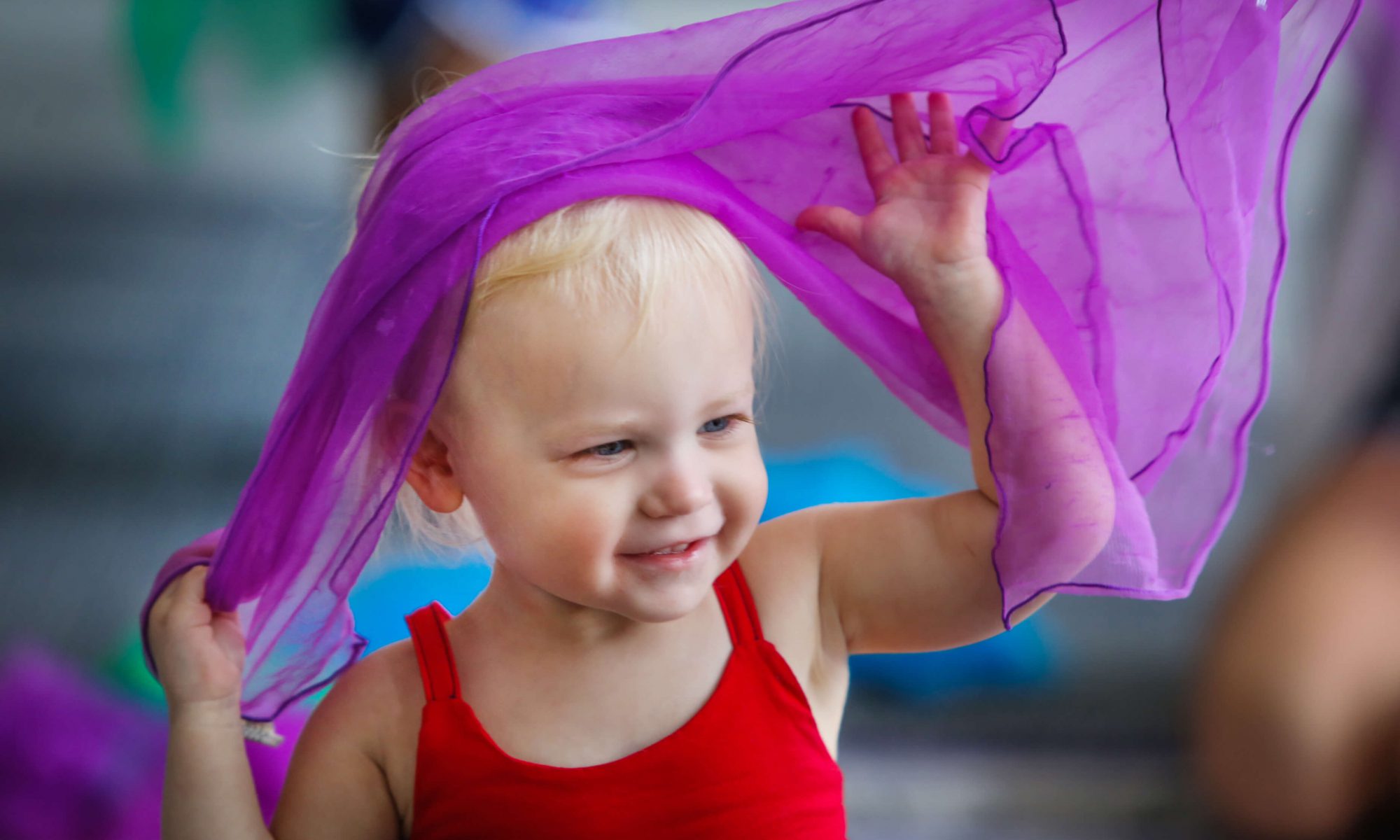
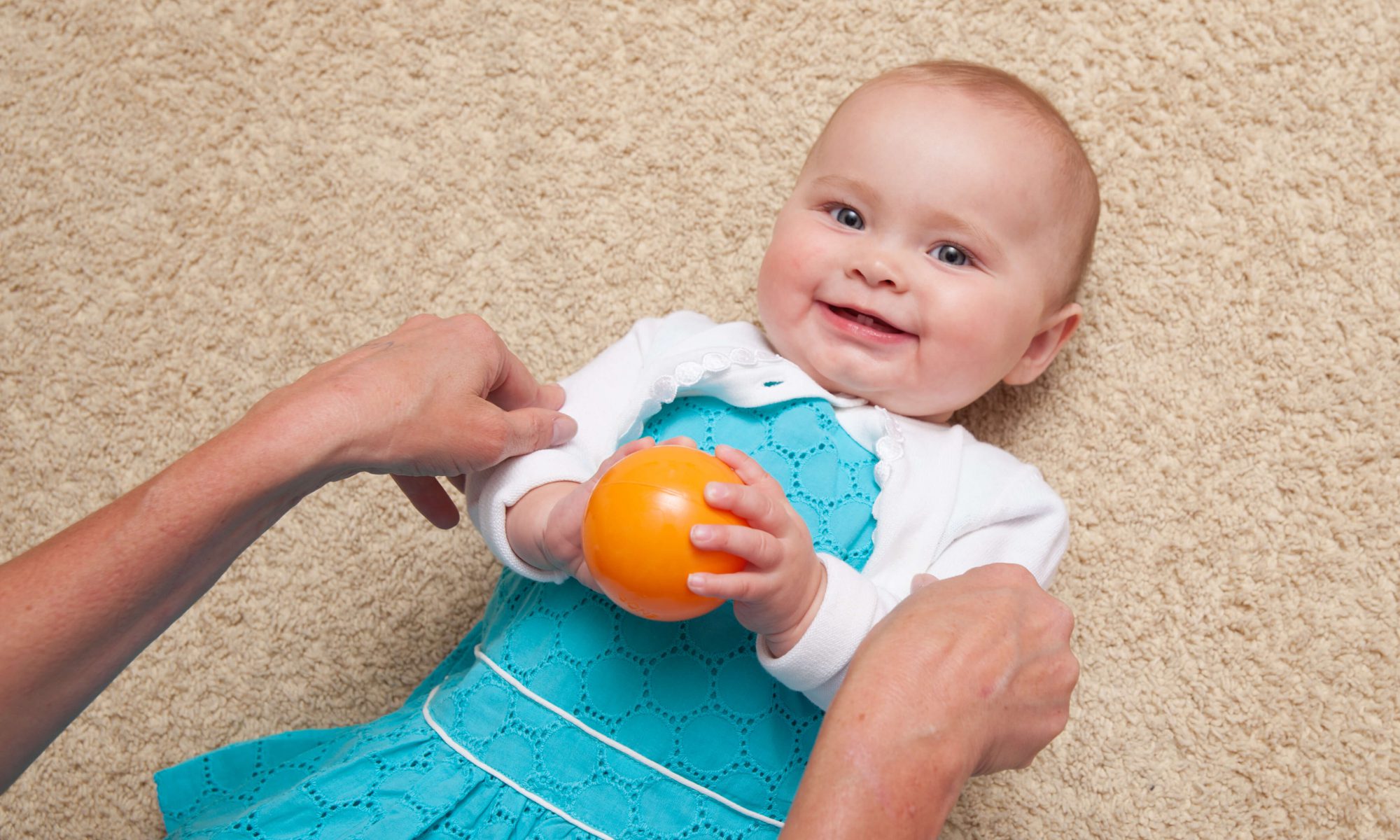
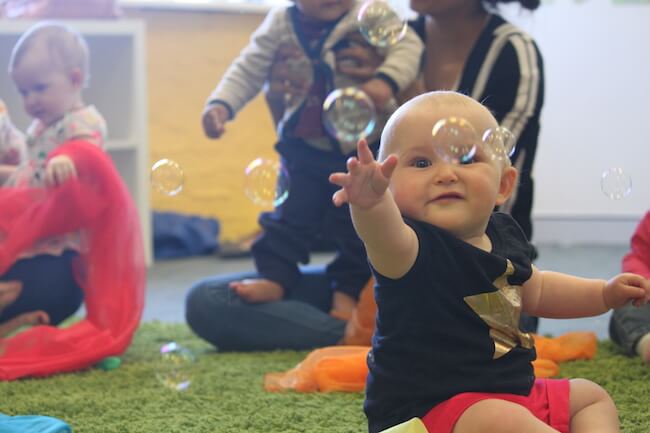

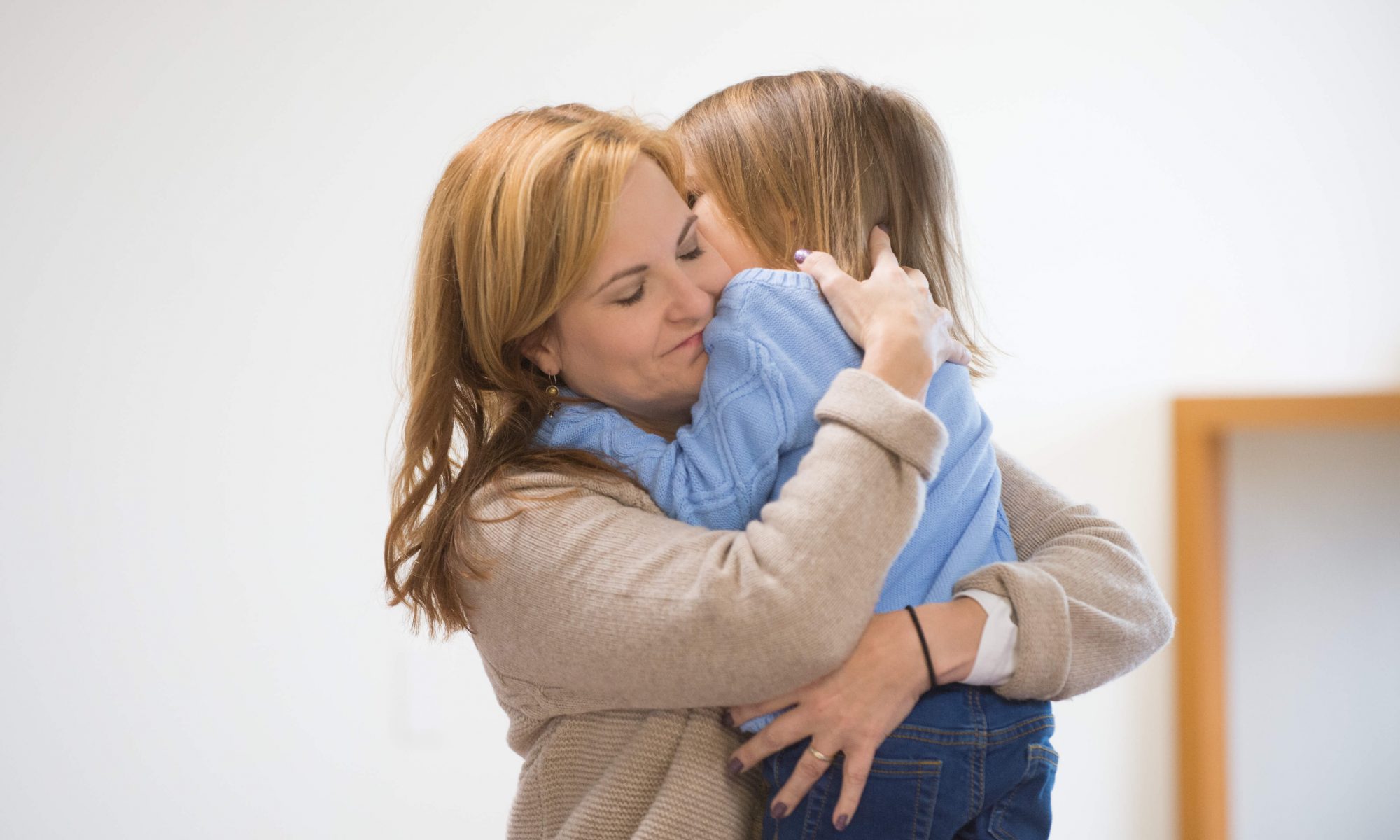
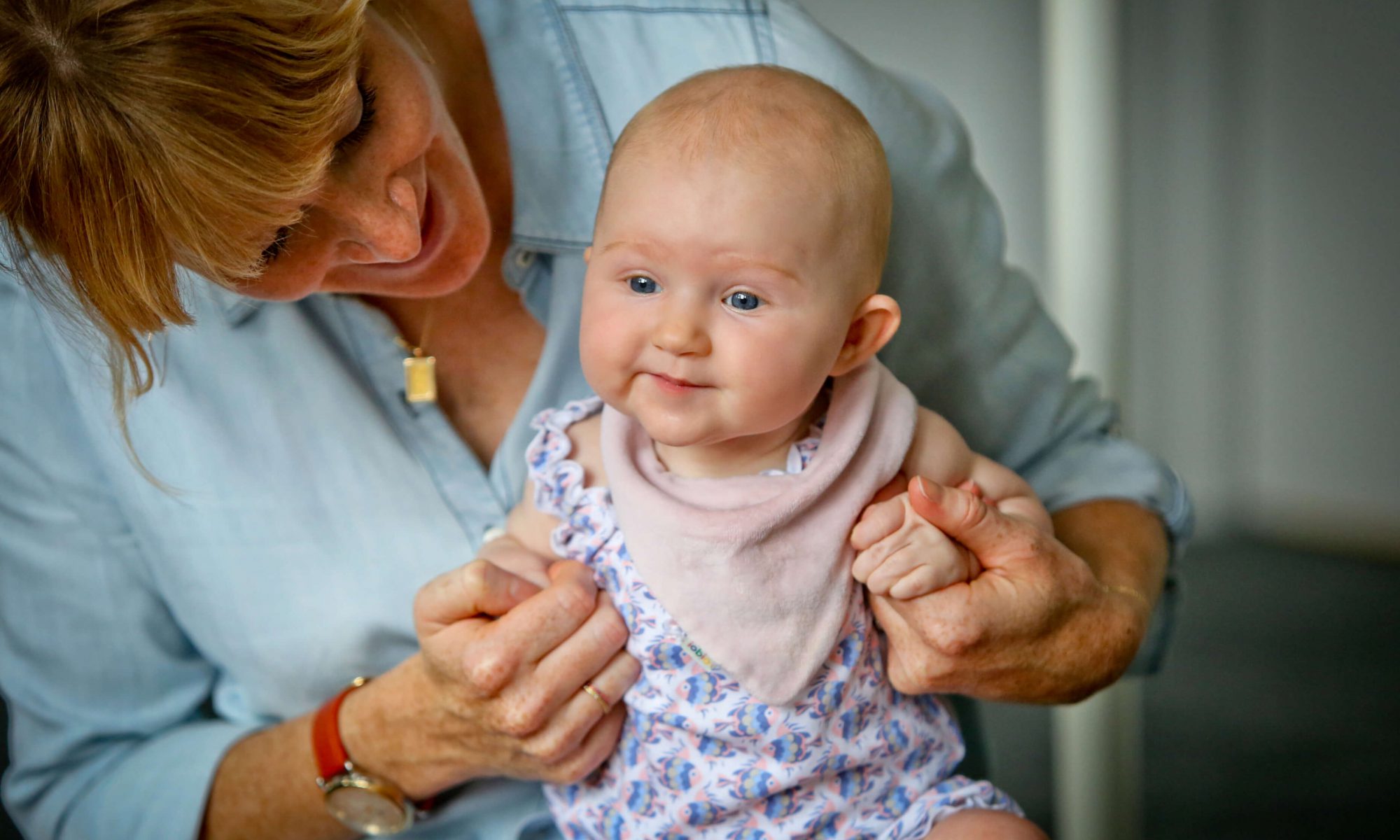

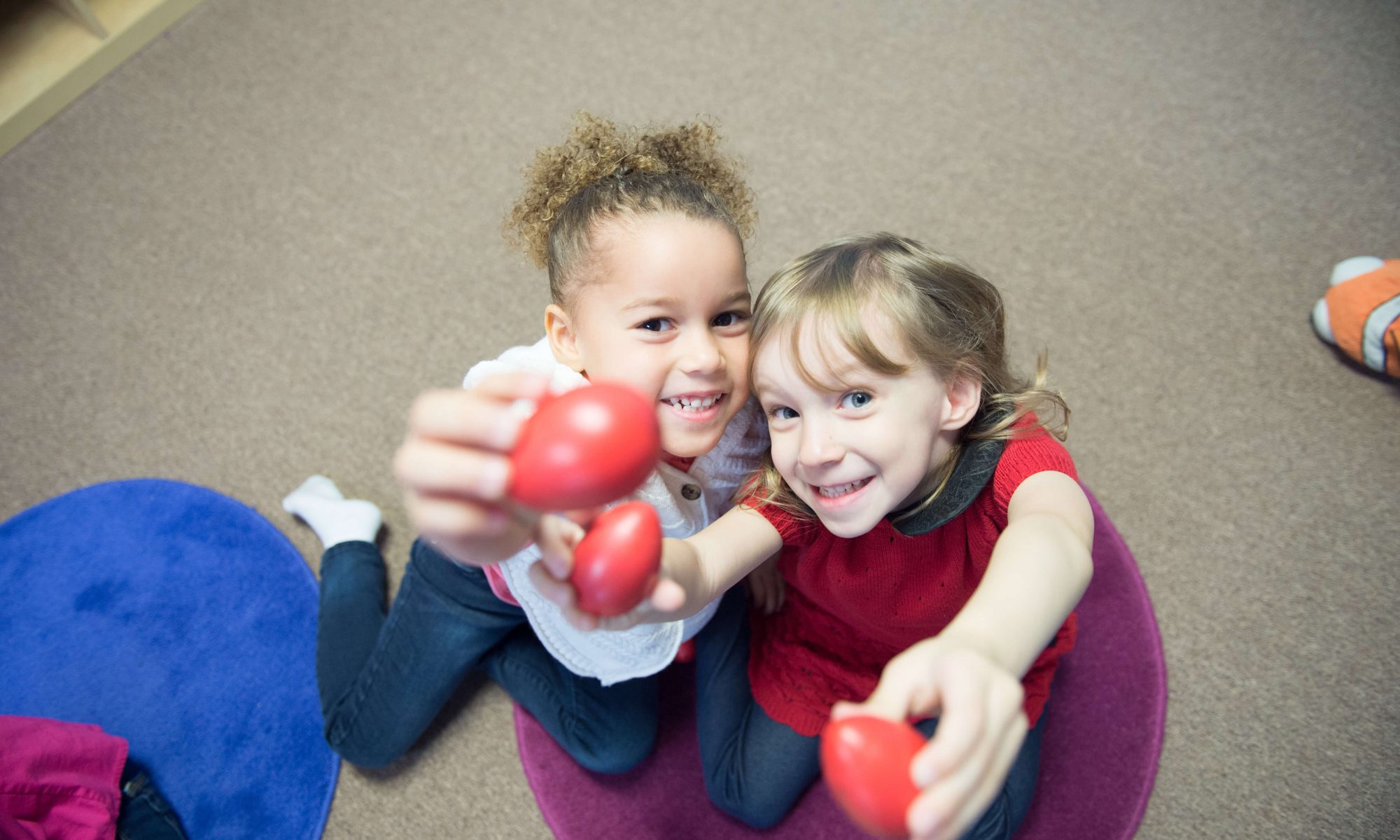

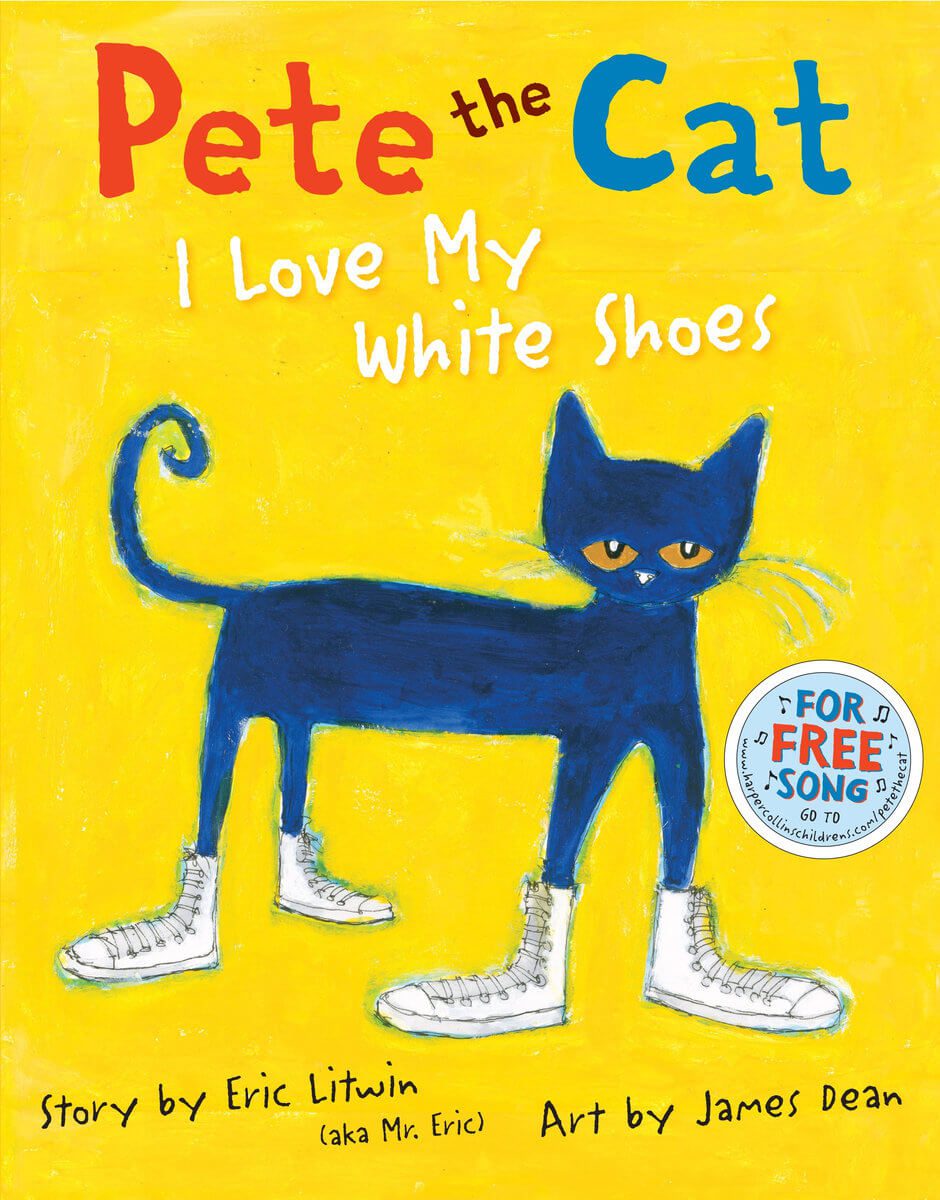




 [/vc_column_text][/vc_column][/vc_row][vc_row][vc_column][vc_column_text]
[/vc_column_text][/vc_column][/vc_row][vc_row][vc_column][vc_column_text] [/vc_column_text][/vc_column][/vc_row][vc_row][vc_column][vc_column_text]
[/vc_column_text][/vc_column][/vc_row][vc_row][vc_column][vc_column_text]